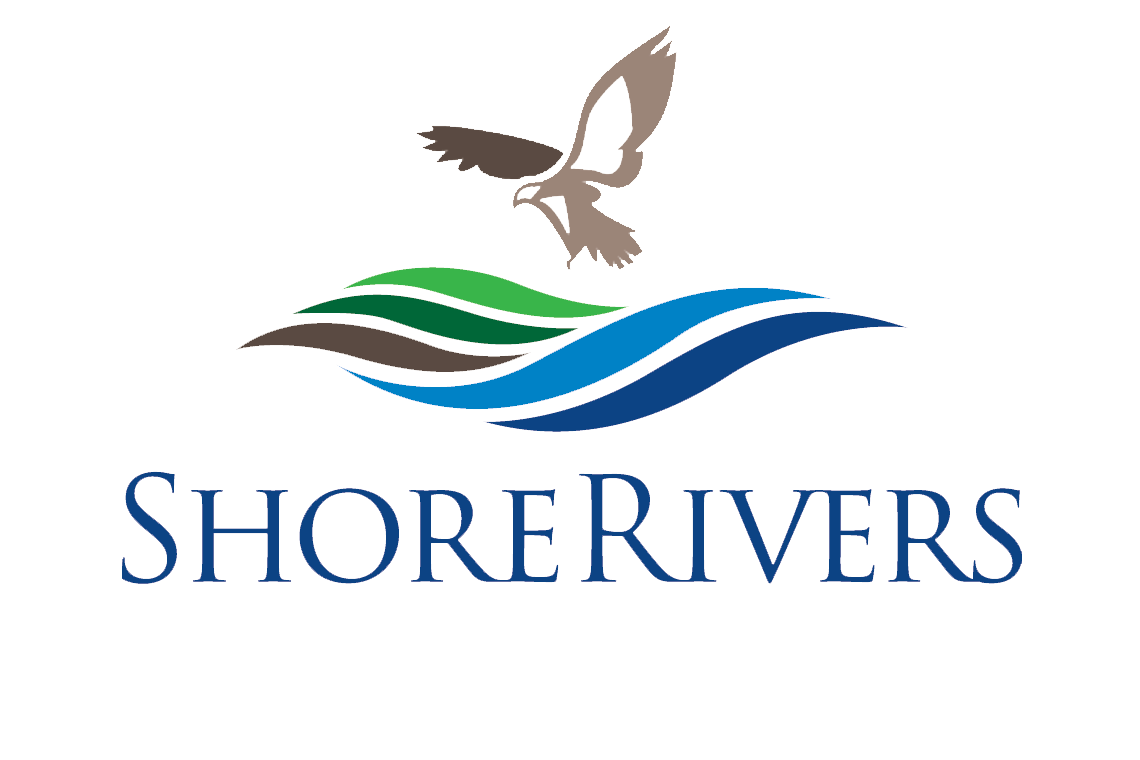Harmful algal blooms can pose significant risk to pets, young children, and anyone coming in contact with the water.
Every summer, news articles show up around the country about toxic blue-green algal blooms. When people and pets get sick or die from exposure to toxic blooms, it makes headlines. The Eastern Shore is no exception: in the summer of 2020, the Sassafras River experienced its largest, most toxic, and longest-lasting algal bloom on record, rendering much of the river un-swimmable for 12 weeks during the height of water recreation season. The toxin concentrations during this bloom were 300-500 times higher than the State’s threshold of risk and were responsible for the death of at least one dog and several cases of people getting sick.
In response, ShoreRivers, in partnership with local health agencies, has developed a program to proactively monitor algal blooms and alert the public of potential health concerns. Additionally, this summer, the Sassafras Riverkeeper will be hosting workshops with local veterinarians and pet owners to educate them on how to keep pets safe. A virtual workshop will be held on August 16 in the evening, with an in-person social event to follow later in August. Visit ShoreRivers.org/events for details, and follow the Sassafras Riverkeeper on social media for the latest updates. This work is supported by a grant from the Chesapeake Bay Trust.
The three main types of algae exposure are inhaling aerosolized particles in the air, skin contact from wading/swimming, or ingestion of water. The degree of severity varies, with inhalation usually being the least severe, and ingestion being the most severe, but this varies depending on an individual’s health and immune system. Pets are so sensitive to algae that it doesn't take much of any of these types of exposure to be serious.
“Harmful algal blooms are a serious threat to our ability to enjoy our rivers,” said Sassafras Riverkeeper Zack Kelleher. “ShoreRivers’ monitoring and outreach efforts around these blooms are so critical, especially as we see these blooms increase in frequency and intensity. As a pet owner myself,” he added, “I’m thrilled we’ve received funding to raise awareness about this issue and keep local community members and pets safer each summer.”
Algae occur naturally in waterways, but increased levels of nutrients from human activities and higher water temperatures caused by climate change cause algae to bloom more often and more frequently. Over the past few years, ShoreRivers’ data show higher concentrations of toxin-producing species like Microcystis and blooms that start earlier and last longer than previously observed.
These blooms are fueled by excess nutrients like nitrogen and phosphorus running off into local rivers and streams. Agricultural and lawn fertilizers, leaking septic systems, non-native ornamental plantings, tree removal, and other human activity contribute to these increases in bloom frequency and toxicity. Exposure to these toxins can be fatal to pets within just 12 hours of exposure. Unfortunately, most pet owners and veterinarians don’t know the symptoms of algal poisoning.
The ShoreRivers Harmful Algal Bloom program will educate pet owners and veterinarians throughout the mid and upper Eastern Shore about the causes of blooms, the negative health impacts on pets and livestock, and actions people can take to reduce the excess nutrient loading and runoff that triggers major blooms. ShoreRivers will partner with local veterinarians to distribute essential information about the health risks and how to respond when a pet has potentially been exposed to algal toxins.
Local pet owners or interested community members wanting to learn more, please contact Sassafras Riverkeeper Zack Kelleher at zkelleher@shorerivers.org.
ShoreRivers is pleased to bring significant state and federal resources into the region to support integral work for healthy rivers on behalf of our communities. Follow the progress of these projects: @shorerivers on Facebook; @shoreriversorg on Instagram; or subscribe to the monthly e-newsletter.

